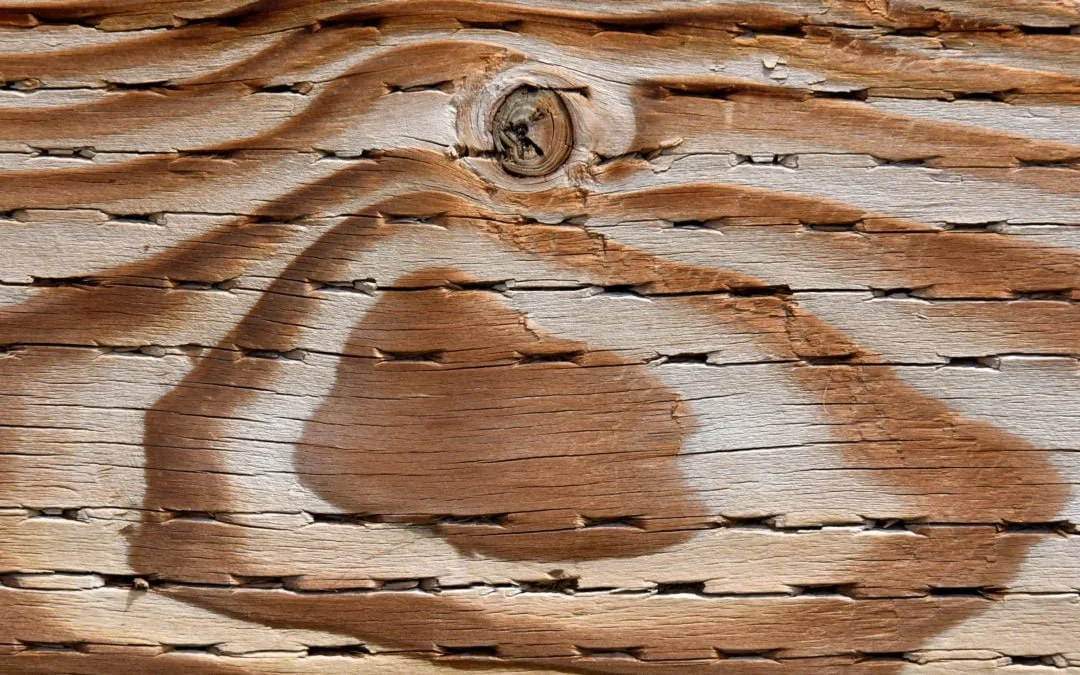Pressure-Treated Wood: Pros & Cons
If you’ve ever been in the process of building a house or some sort of outdoor structure, you may be familiar with the term ‘pressure-treated.’ Pressure-treated wood is wood that has been infused with chemical preservatives to protect it from rot and pests. The wood undergoes depressurization to replace any air inside with preservatives. This procedure is known to be the best way of avoiding harmful decay and preventing any insect damage that may occur later on. It is important to note however, pressure-treatment does not protect against weathering and corrosion of your materials.
What Chemicals are Used?
Throughout much of the history that pressure-treatment was available, chromated copper arsenic (CCA) was used as the preservative for treating the wood. Unfortunately, this chemical is extremely toxic by nature and the EPA began to strictly regulate its use. CCA is a controversial topic for many people. Existing wood that was treated with CCA is considered generally safe, especially when homeowners take precaution and apply an oil finish every few years. Although many believe the chemical should not be used to treat wood, it remains one of the most effective preservatives in commercial and industrial projects.
Where to Use Pressure-Treated Wood
Typically, wood used in any outdoor project should be pressure-treated or protected some way from the elements. Any wood used for indoor projects should typically go untouched. If properly cared for, wood that has been pressure-treated can add almost twenty years worth of life to your materials. Proceed with caution, as the sawdust from pressure-treated wood is an irritant to the eyes, nose, and mouth. Its toxic nature is another reason why you’ll want to keep this wood outdoors. Low level leaching (chemical leakage from the wood) is also known to occur. So it may be a good idea to avoid installing these materials in the interior of your home.
Additional Treatments for Pressure-Treated Wood
As previously mentioned, older pressure-treated wood may require occasional sealant to lock in the dangerous chemicals. Newer pressure-treated materials must also be coated with a sealant to protect the surface from corrosion and harsh environmental factors. Pressure-treatment protects wood from internal decay, and sealant protects the wood from external decay. The combined use of these preventative measures is the best way to ensure your wood will look and perform like new for decades. Sealant is also used to prevent the wood from drying out, causing excessive warping and shortened longevity. You can also paint or stain your wood once it has completely dried to add an extra coloration or finish to its surface.
Common Uses for Pressure-Treated Lumber
Generally, lumber that has undergone pressure-treatment will be graded based on its appearance. For instance, lumber with fewer knots and other cosmetic variation will get a higher grade and often cost more. Depending on the project it’s used for, builders will require certain grades of wood for their work to ensure specific levels of quality.
A common use for pressure-treated use is for residential projects. Whether a homeowner is looking to build a pergola, fence, or even a garden, pressure-treated wood may be the most favorable material for them to use. It’ll ensure that no pests get into their wood and rot from within will not be an issue going forward.
Pressure-treated wood is also an extremely popular material used in heavy construction. Things such as bridges, guardrails, and structures like docks are all the ideal structures in need of materials that are pressurized with chemicals. It is extremely important to consider whether your project will sit on the ground or above it when deciding on which chemically treated wood to go with. Lumber that is in contact with the ground should be able to withstand moisture and general disturbances associated with the Earth’s surface. If it will be above ground, the wood should have proper ventilation and drainage and should be at least six inches above the surface.
In all, pressure-treated materials are some of the best on the market in terms of longevity and quality for your outdoor projects. Although the wood is great at protecting itself from rot and insect decay, it may be extremely toxic depending on where you decide to install it. Pressure-treated materials look great for years and may save you a lot of money down the road in repairs and other necessary maintenance. When considering if pressure-treated wood is right for you and your projects, understanding the chemicals that are infused in it and what you’re willing to sacrifice for wood that lasts years are both very important factors to weigh the costs and benefits of. For further questions or to get started with pressure-treated wood today, give us a call!


